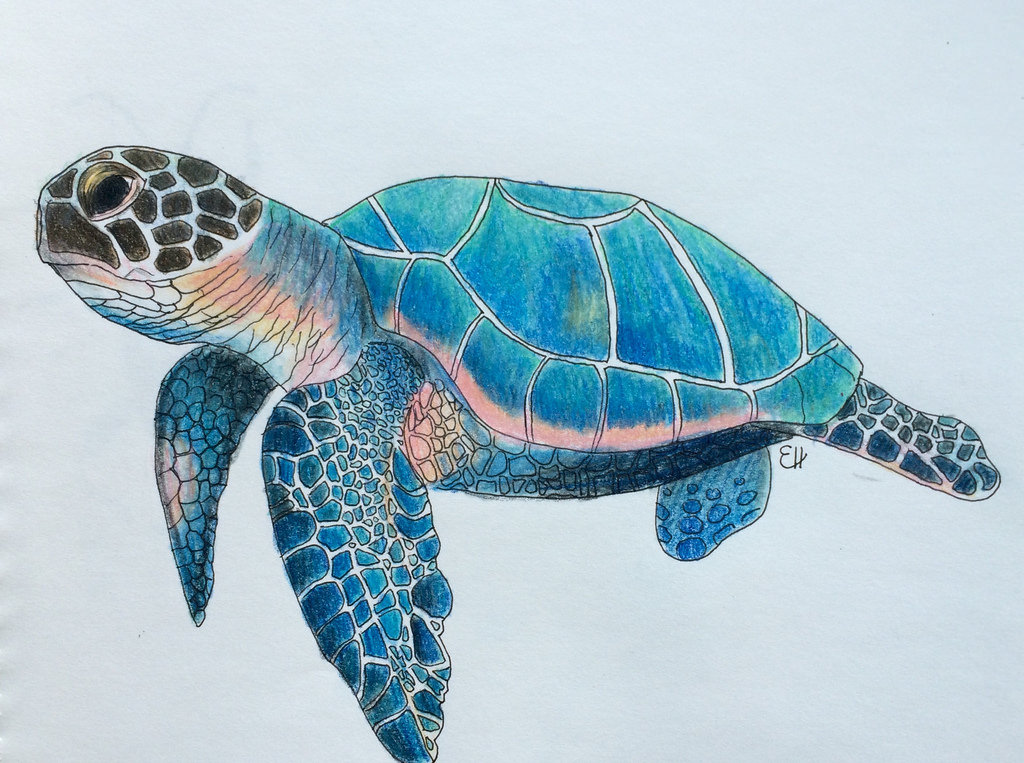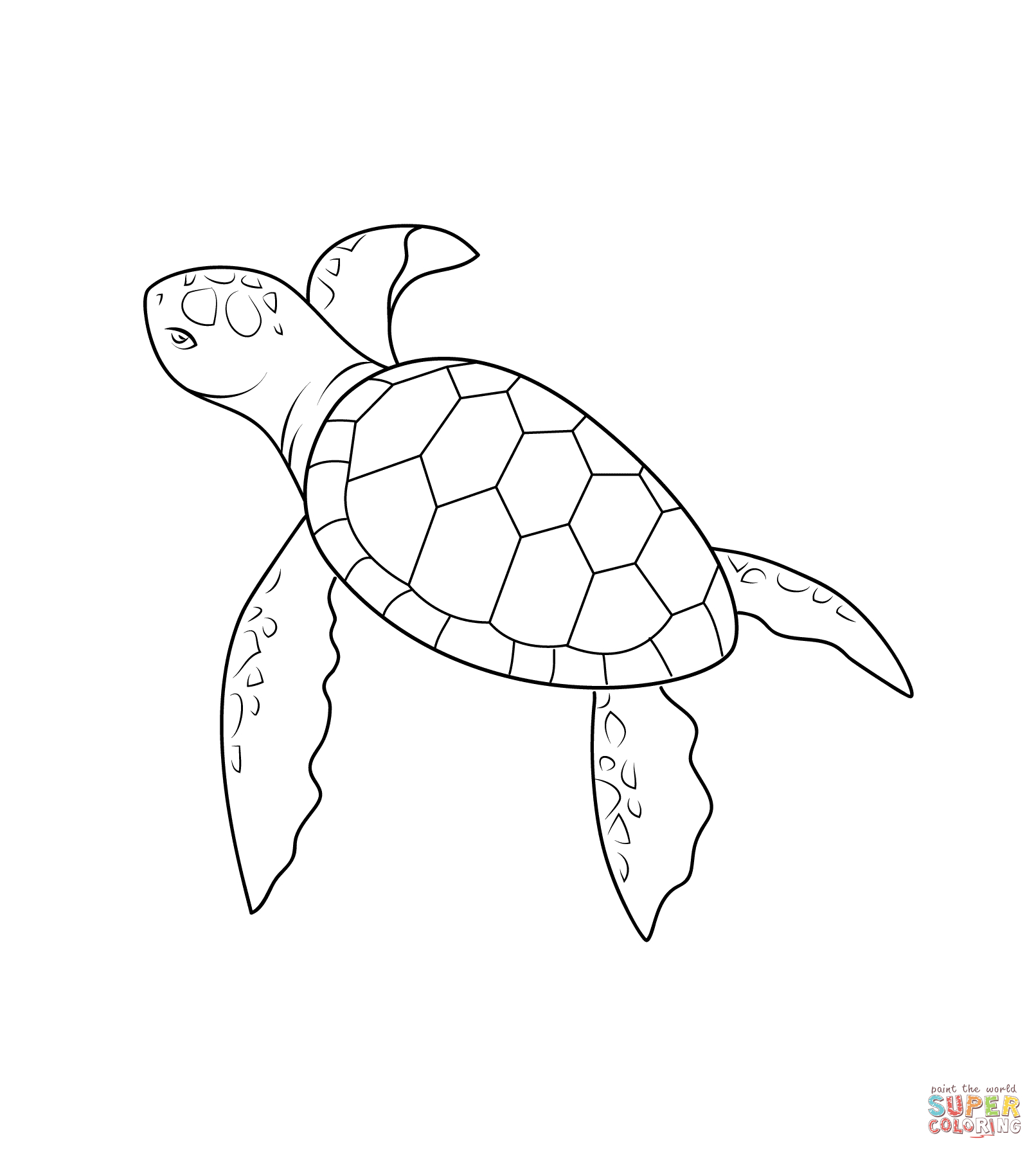

I think it looks great as a solid color! Your turtle will still look lovely if you simplify this step! You can also paint the shell one solid color! Yes, I have a simpler design modification! Refer to the next step! 8.

The next color I used was orange and then dark red.īasically it goes from white to primary red to orange to dark red! The center is white and it fades outward to dark red.įirst paint some white in the center. It’s a blend of lighter colors on the middle of the shell going to darker colors on the outside. Next I blended the colors right on the canvas to create the shell. If you get frustrated, let your turtle legs dry and paint over it with solid green instead. Refer to the video exactly how I did this. This allows you to see the green underneath. Then I “dry brushed” the shading of the primary red over the green. To do this, I used primary red and blended it with light green permanent to create the darker areas of the turtle leg. If you are feeling up to it, do some shading on the arms, legs and head. Do this by adding more white to your light green mix you used for your head and legs. It looks lighter because I actually added a bit more white to this green. Paint the rim around the shell using the 12 bright. Paint the arms, head and legs with this light green color mix. Use one of your smaller flat brushes (12 bright). Next I mixed light green and white on my palette but didn’t blend the two colors all the way. That way the white will blend with the blue a bit to make a beautiful color variation. It works beautifully if your Phthalo blue isn’t completely dry yet! Paint The White Water Lines Before the Blue Completely Driesįor this next step, use a small round brush (#4).Īlternate the pressure of the brush between light and hard. Paint as close to the turtle as possible.ģ. Make sure your strokes go all up and down.Ĭut in as close as possible to the turtle and then switch to a smaller flat brush to paint the small areas. Paint the background phthalo blue using a 1″ flat brush for the large areas and one of your smaller brushes to get into the smaller areas. Or transfer your turtle with graphite paper.Īlso, draw the turtle BIG!! He’s the main subject in this painting so you want him to fill up most the canvas! Refer to the step by step drawing guide above. Draw The Turtleĭraw your turtle lightly with a pencil! He’s going diagonally across the canvas.ĭon’t press too hard on the canvas because it will be too hard to erase if you mess up!. Project Type: Acrylic Painting Drawing The Sea Turtle:ĭraw this BIG!! It should fill up almost all the canvas!



 0 kommentar(er)
0 kommentar(er)
